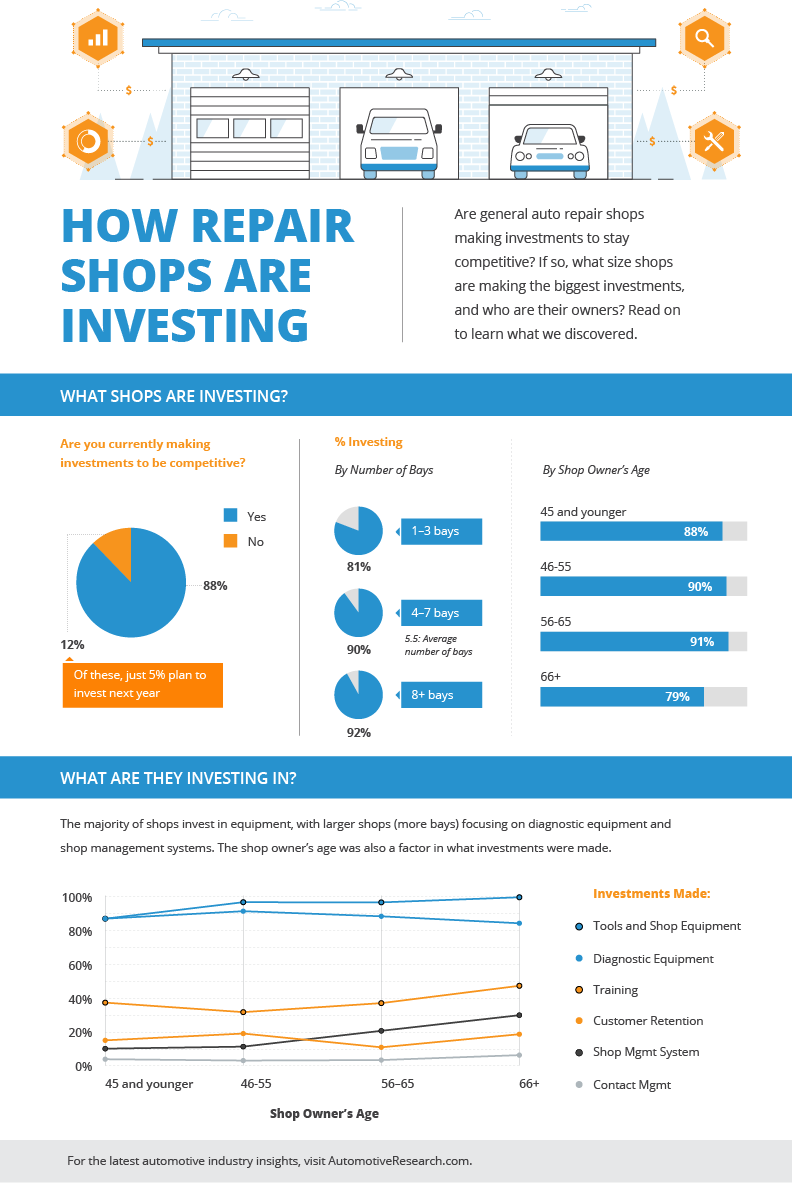Understanding Your Automobile'S Caution Lighting: What Do They Really Mean?
Understanding Your Automobile'S Caution Lighting: What Do They Really Mean?
Blog Article
mobilecarwash By-Higgins Gilbert
When you lag the wheel, those glowing caution lights on your control panel can be a bit difficult. Do you recognize what they're trying to tell you about your cars and truck's health and wellness? Understanding the relevance of these lights is crucial for your security and the long life of your car. So, the following time one of those lights turns up, would not you want to decipher its message properly and take the needed steps to address it?
Common Caution Lighting and Interpretations
Recognize typical warning lights in your car and comprehend their meanings to make certain risk-free driving.
One of the most normal warning lights include the check engine light, which indicates concerns with the engine or emissions system. If this light comes on, it's crucial to have your automobile checked quickly.
The oil pressure alerting light suggests reduced oil stress, requiring prompt focus to stop engine damages.
A blinking battery light might recommend a damaged charging system, potentially leaving you stranded if not attended to.
The tire stress monitoring system (TPMS) light informs you to low tire stress, influencing automobile stability and gas performance. Ignoring this can result in hazardous driving problems.
The abdominal muscle light shows a trouble with the anti-lock stopping system, compromising your capacity to stop promptly in emergencies.
Lastly, the coolant temperature advising light warns of engine overheating, which can result in extreme damages otherwise settled swiftly.
Recognizing these common caution lights will assist you address problems quickly and preserve risk-free driving conditions.
Value of Prompt Attention
Comprehending the typical caution lights in your auto is just the initial step; the importance of quickly dealing with these cautions can not be highlighted enough to guarantee your safety on the road.
When a caution light illuminates on your control panel, it's your vehicle's way of connecting a prospective problem that requires interest. Overlooking these cautions can cause a lot more severe problems in the future, endangering your security and potentially costing you extra out of commission.
Trigger interest to warning lights can stop breakdowns and crashes. For example, a blinking check engine light might show a misfire that, if left neglected, might cause damage to the catalytic converter. Resolving this without delay can conserve you from an expensive repair service.
In a similar way, a brake system cautioning light could signify reduced brake fluid or used brake pads, essential elements for your safety when driving.
Do It Yourself Troubleshooting Tips
If you notice a caution light on your control panel, there are a few DIY repairing tips you can attempt prior to seeking expert aid.
The very first step is to consult your vehicle's guidebook to comprehend what the certain warning light indicates. Often the problem can be as simple as a loosened gas cap activating the check engine light. Tightening https://drivers-class-near-me39506.ziblogs.com/30360232/insights-from-the-area-a-specialist-vehicle-detailer-s-guide-to-finest-practices might settle the issue.
One more typical problem is a low battery, which can activate different advising lights. Inspecting the battery links for corrosion and guaranteeing they're safe could fix the trouble.
If a warning light lingers, you can attempt resetting it by separating the car's battery for a couple of mins and then reconnecting it. Furthermore, inspecting your car's fluid levels, such as oil, coolant, and brake liquid, can help fix warning lights connected to these systems.
Verdict
Finally, comprehending your cars and truck's warning lights is important for keeping your vehicle running efficiently and securely. By immediately dealing with these notifies and understanding what they mean, you can stay clear of costly repair work and potential failures.
Remember to consult your cars and truck's manual for specific details on each warning light and take action appropriately to make sure a trouble-free driving experience.
Stay educated, stay safe when driving!
